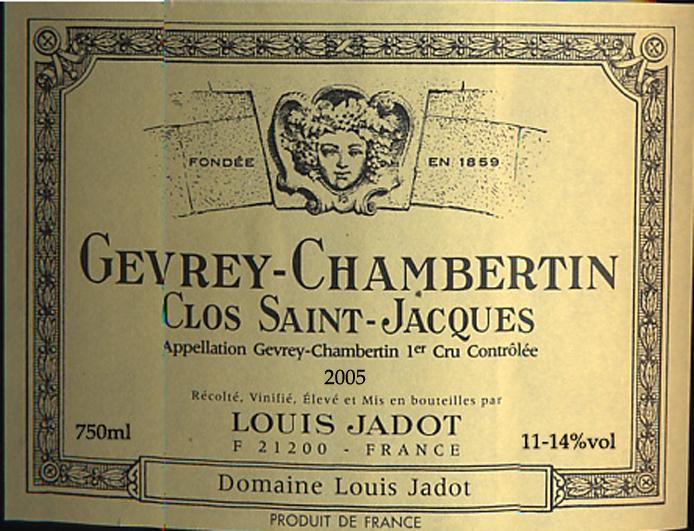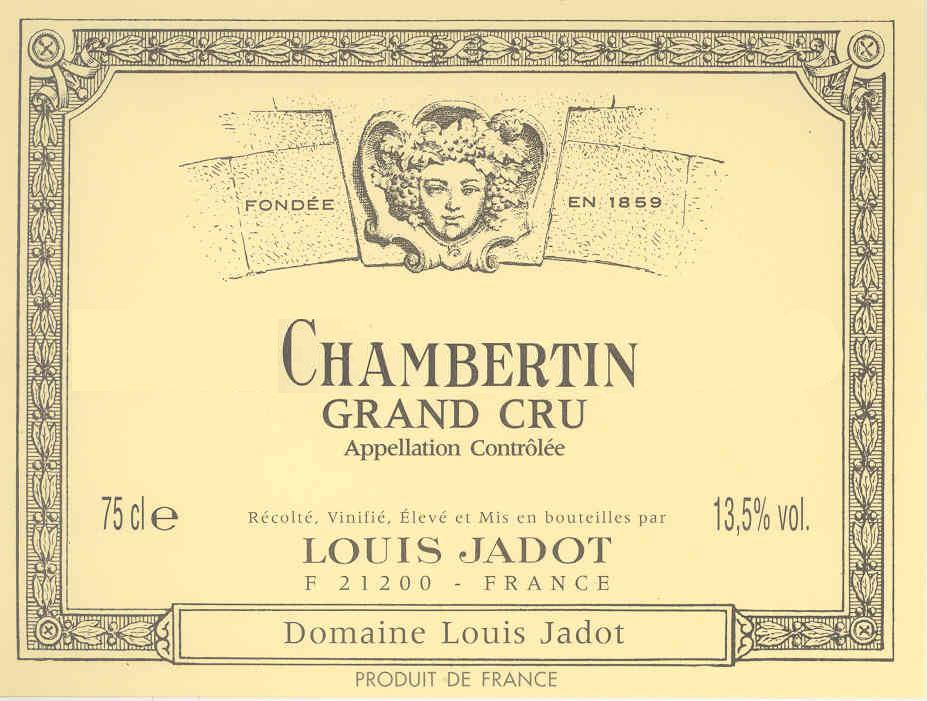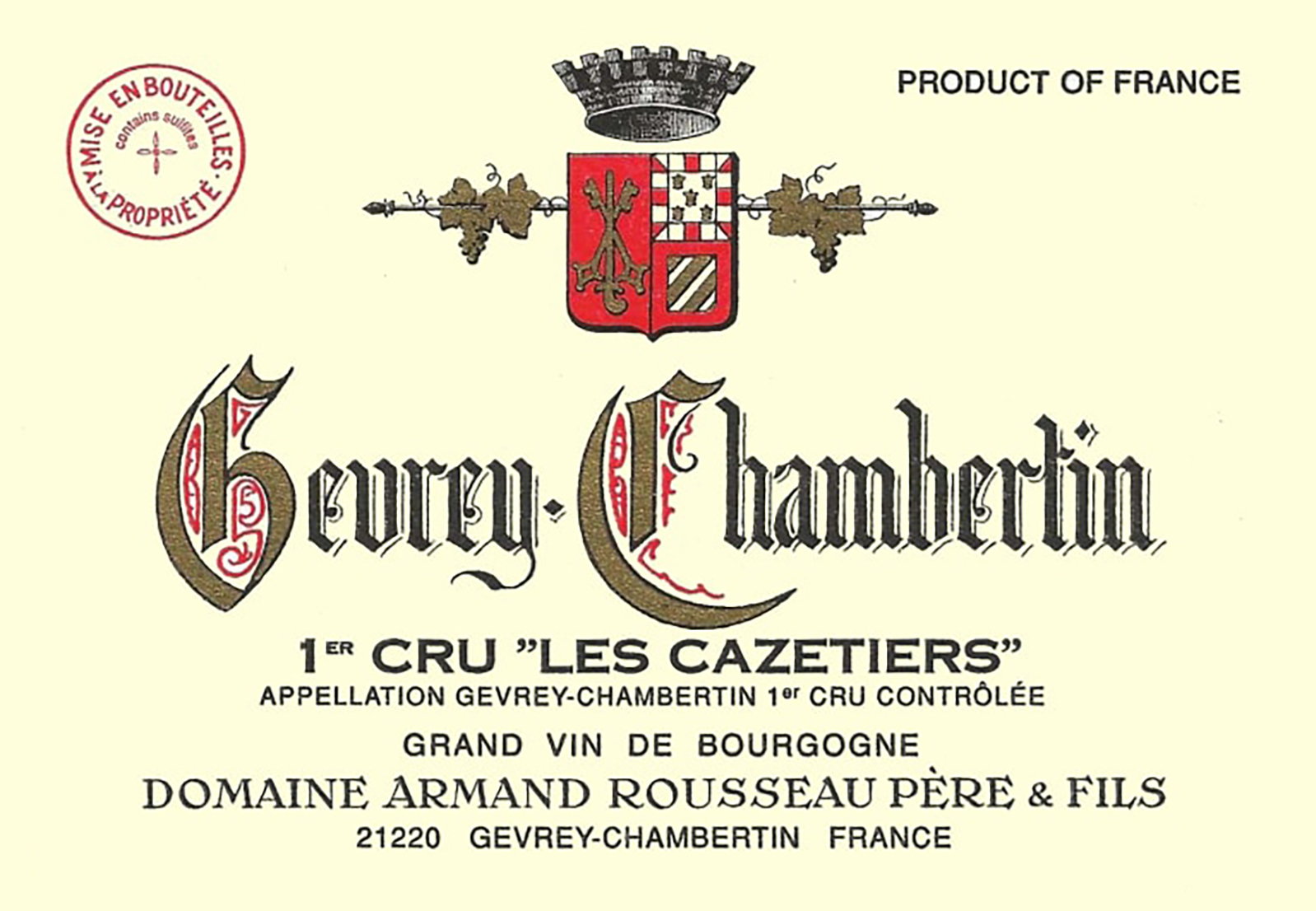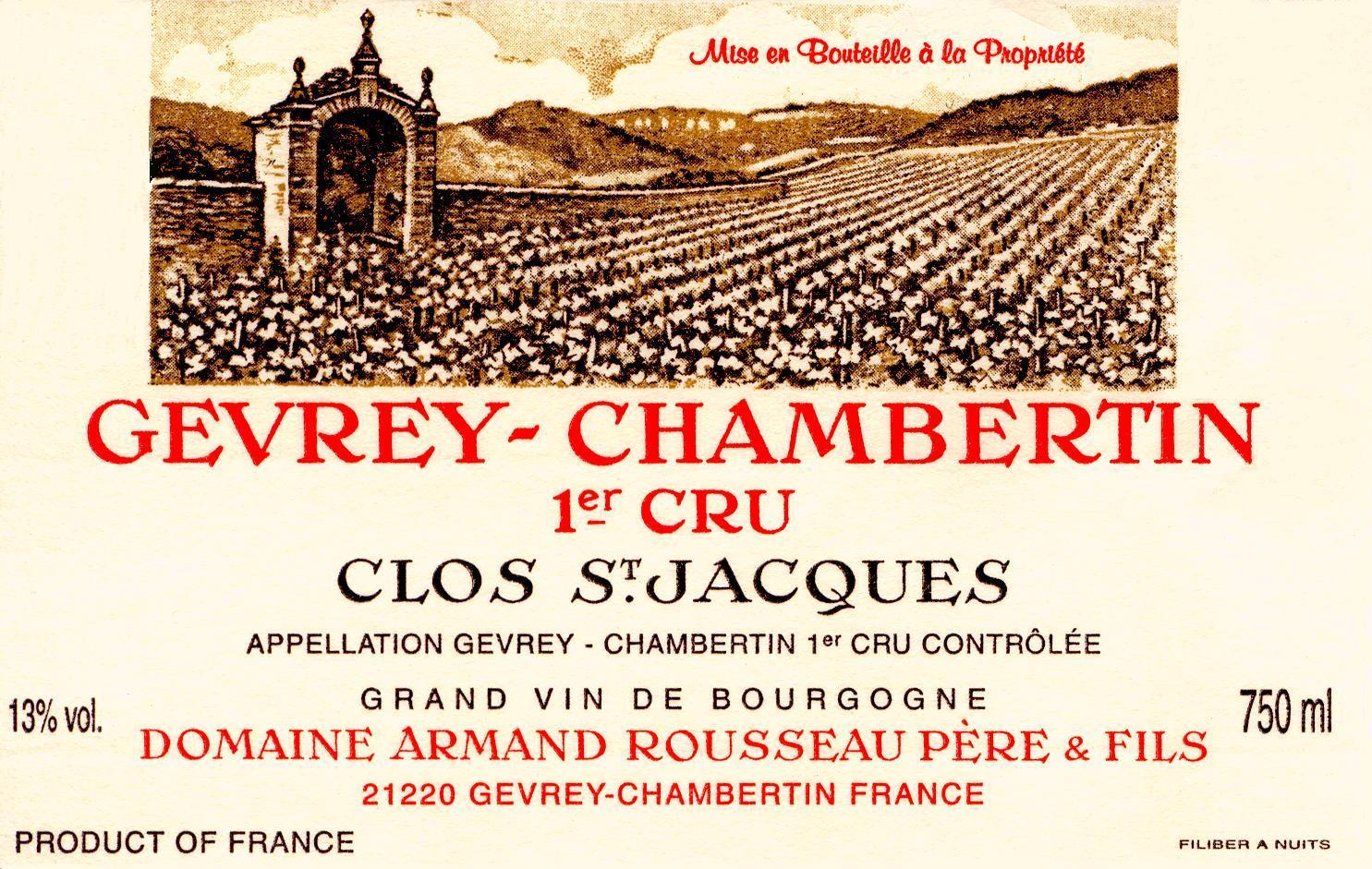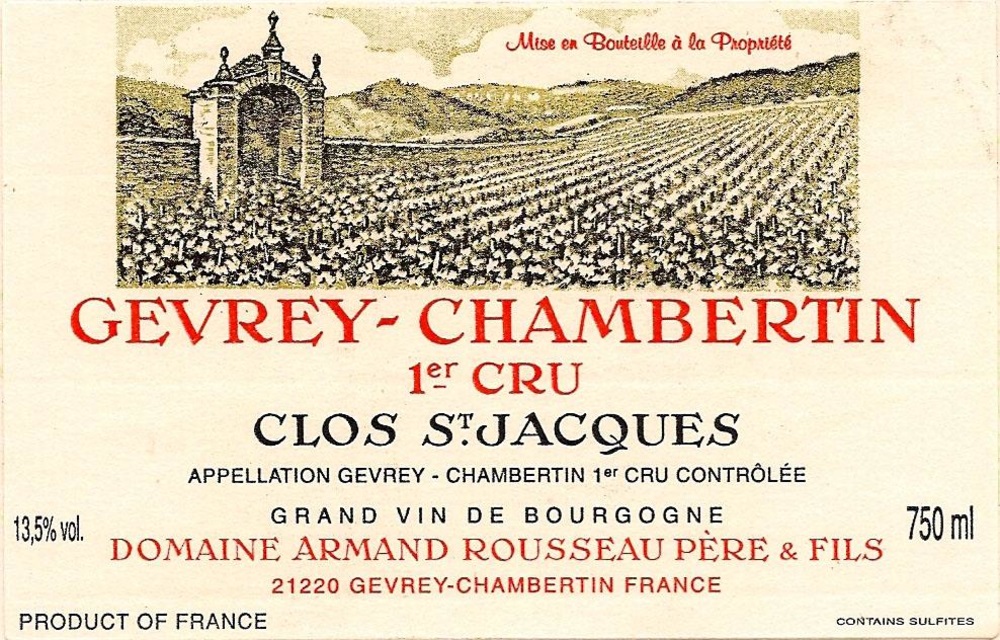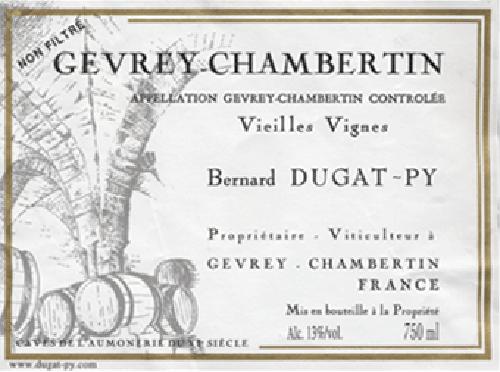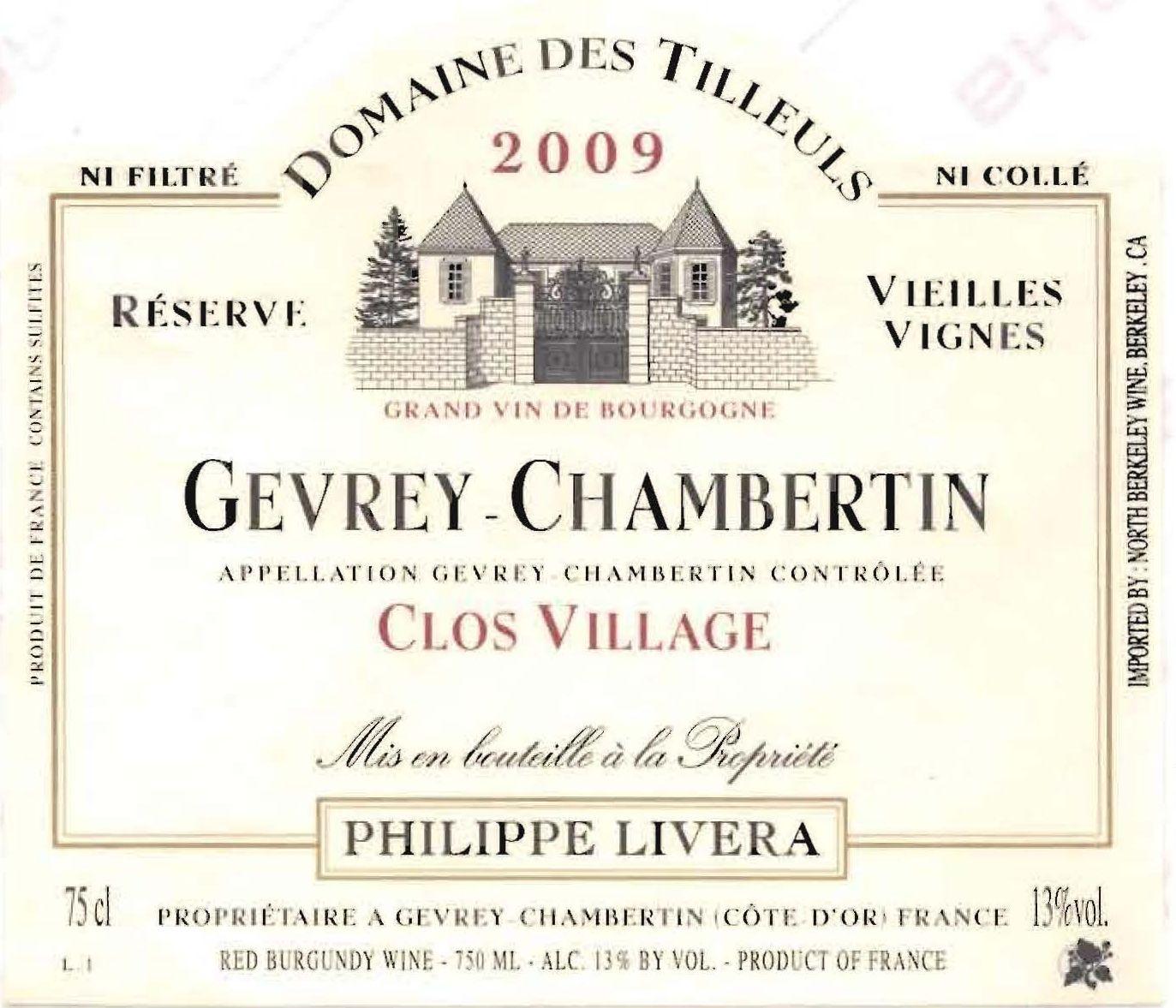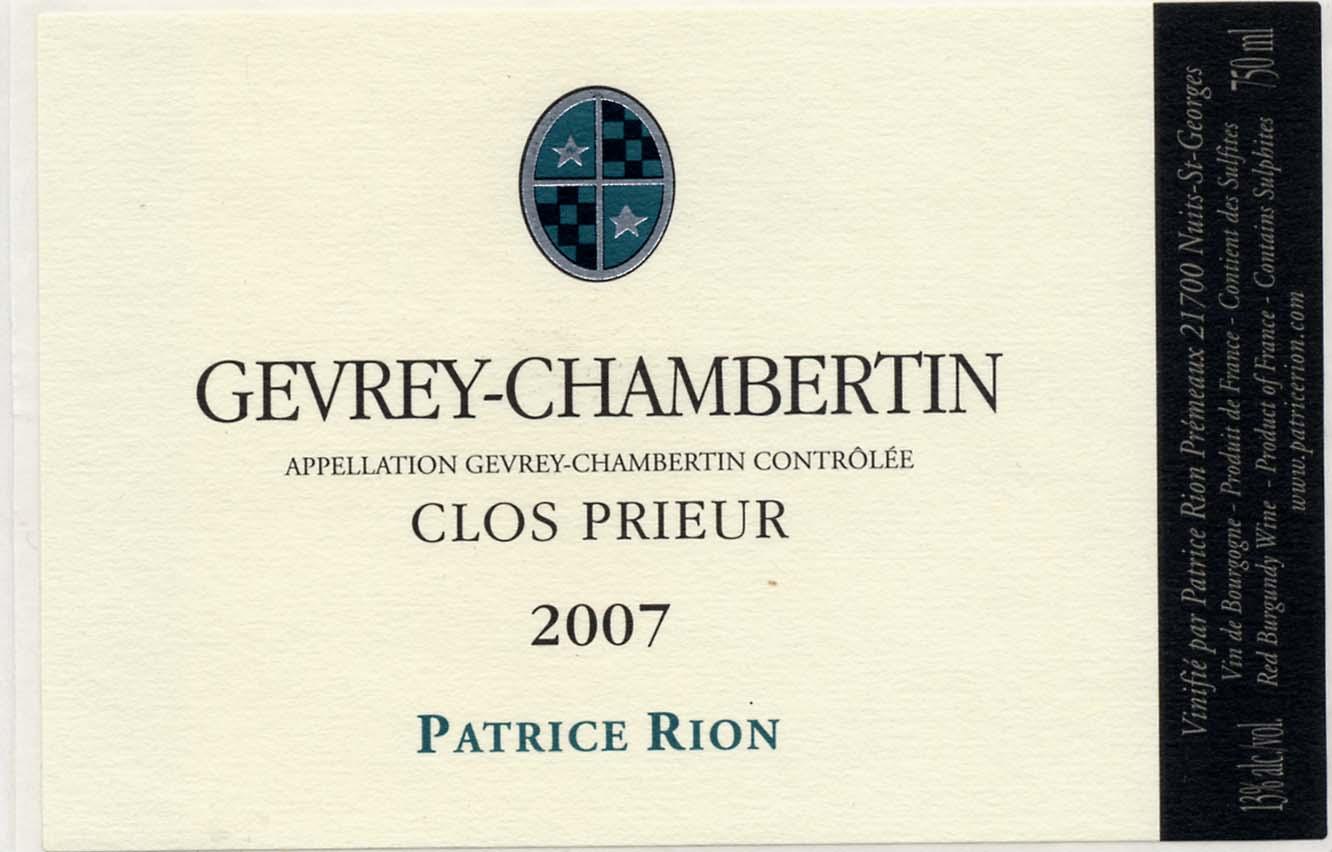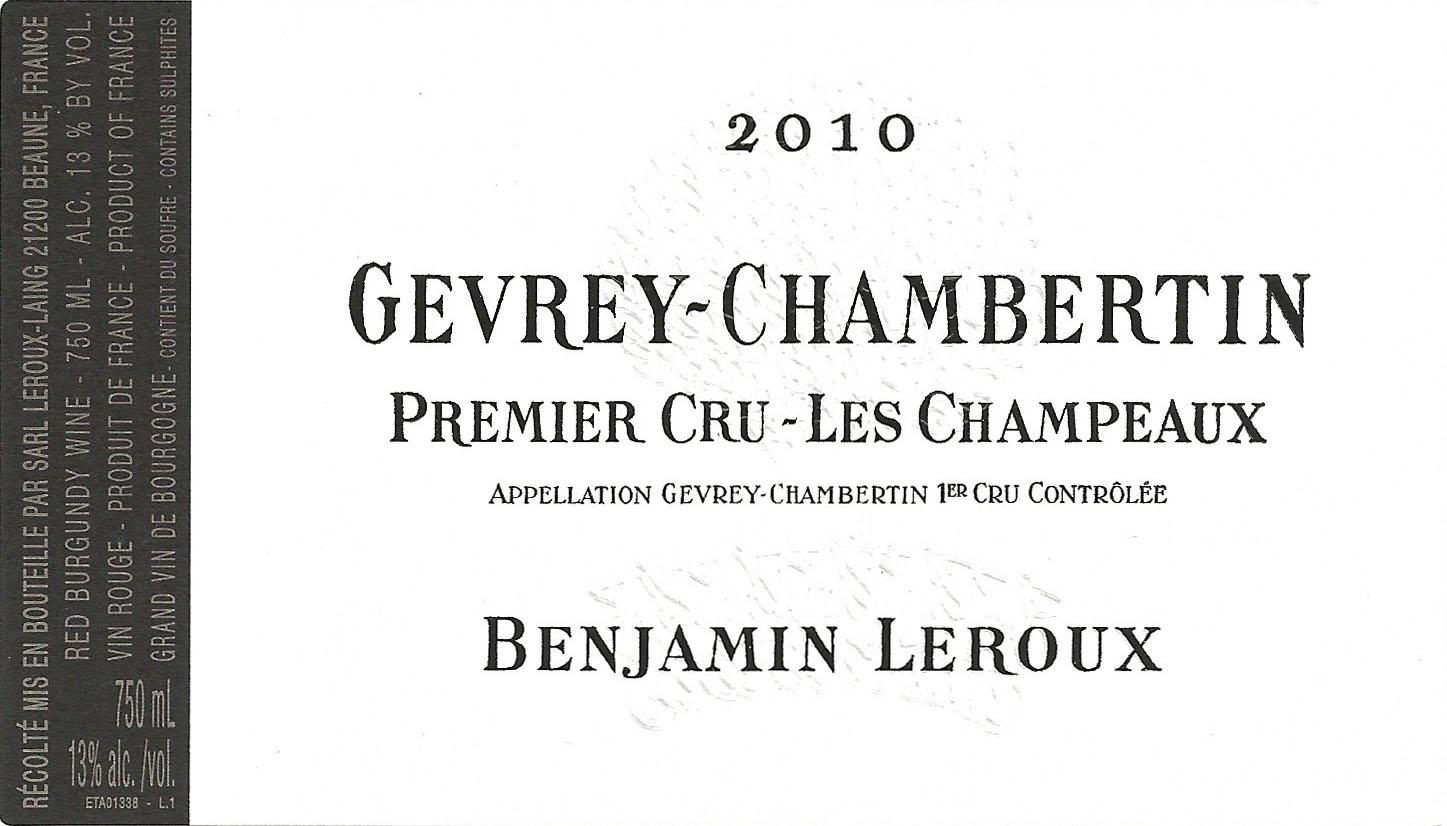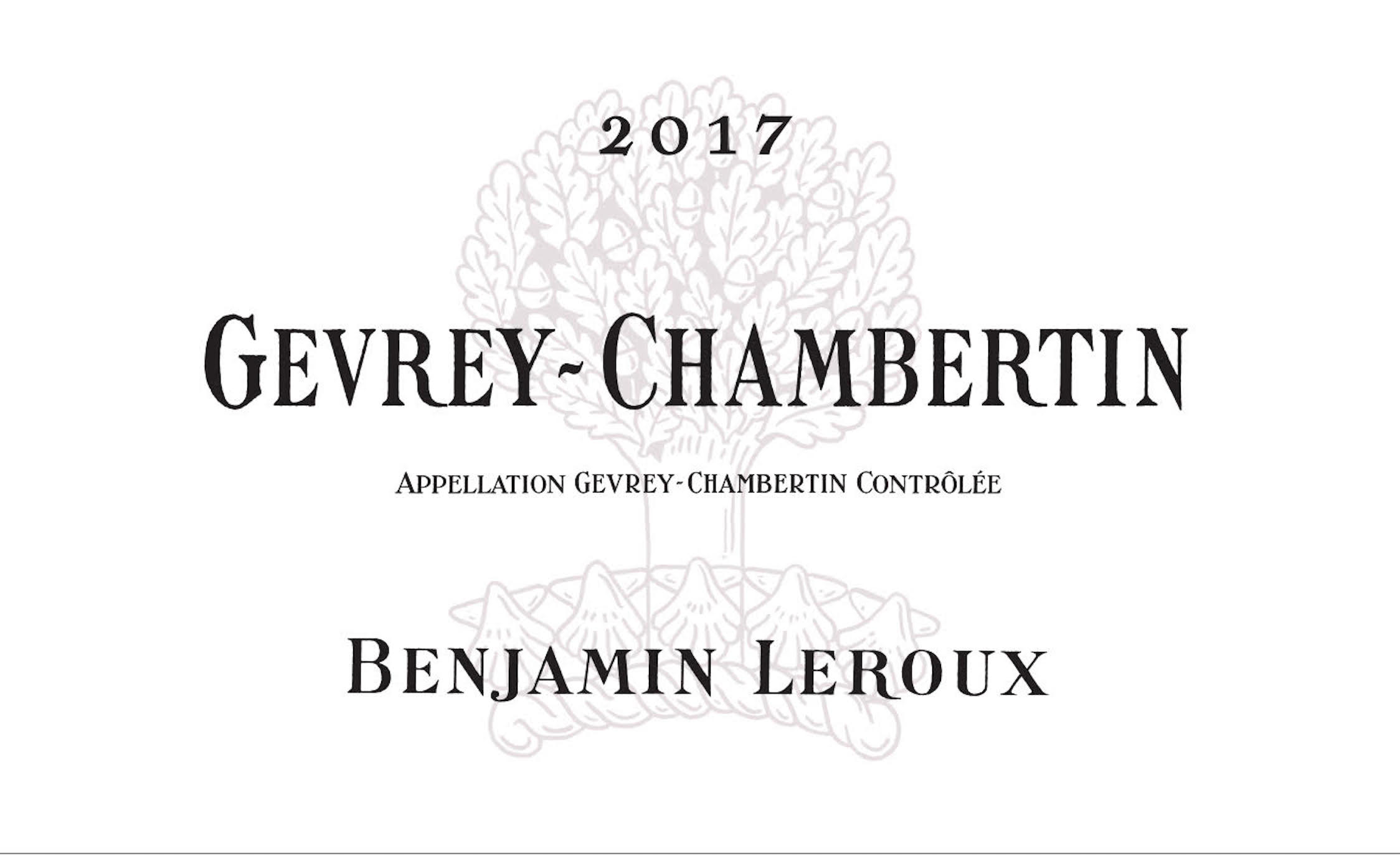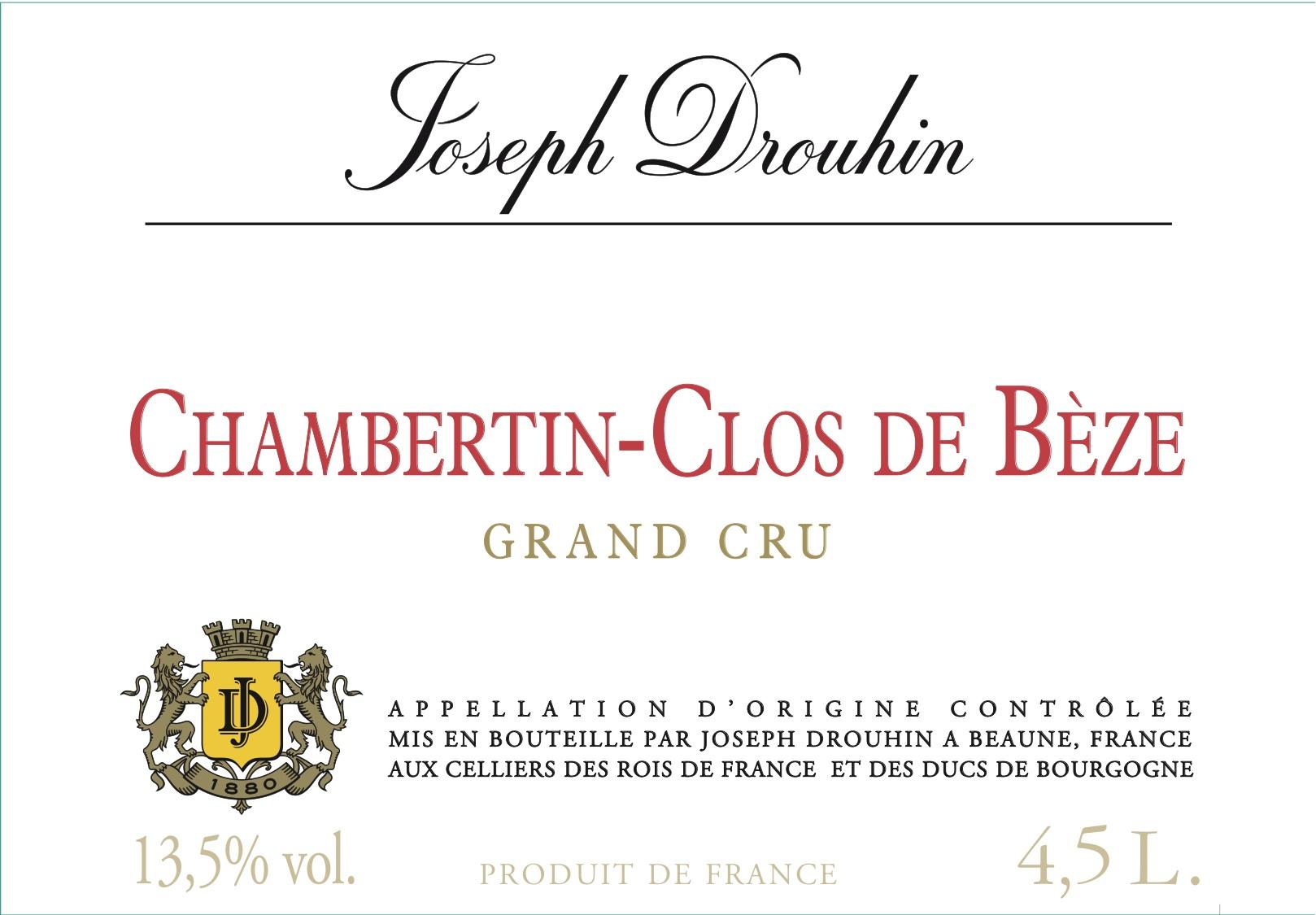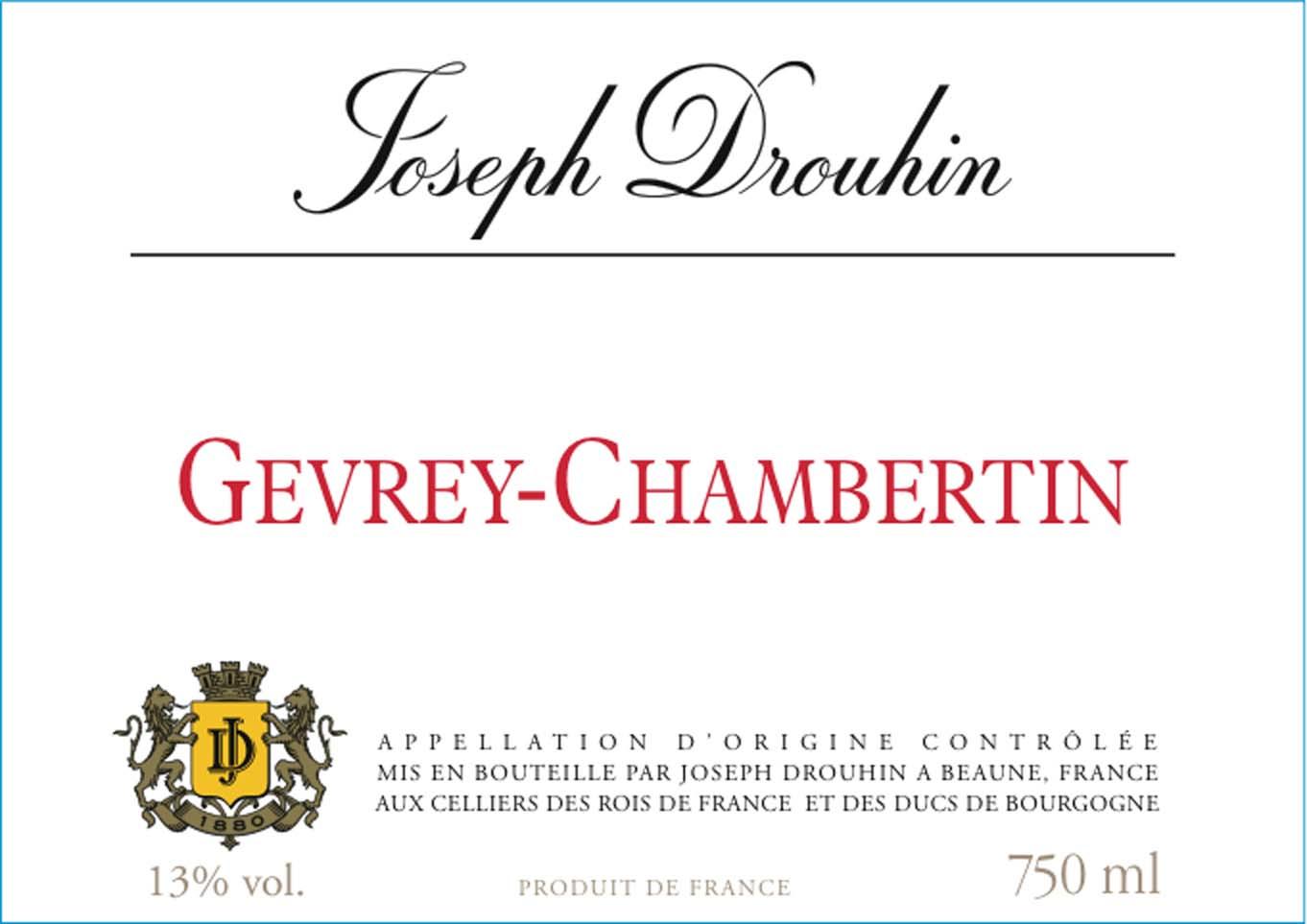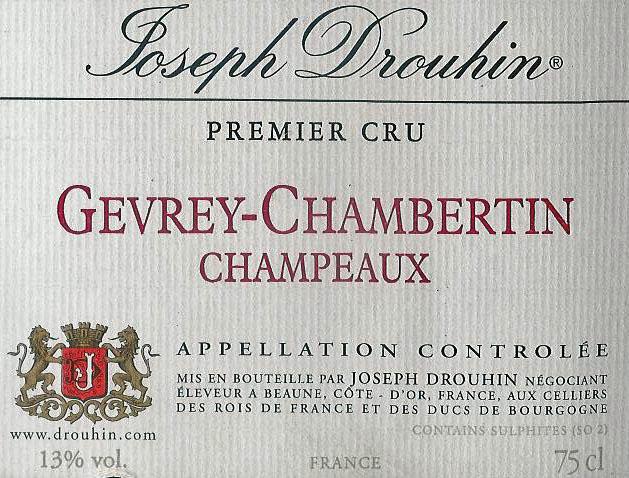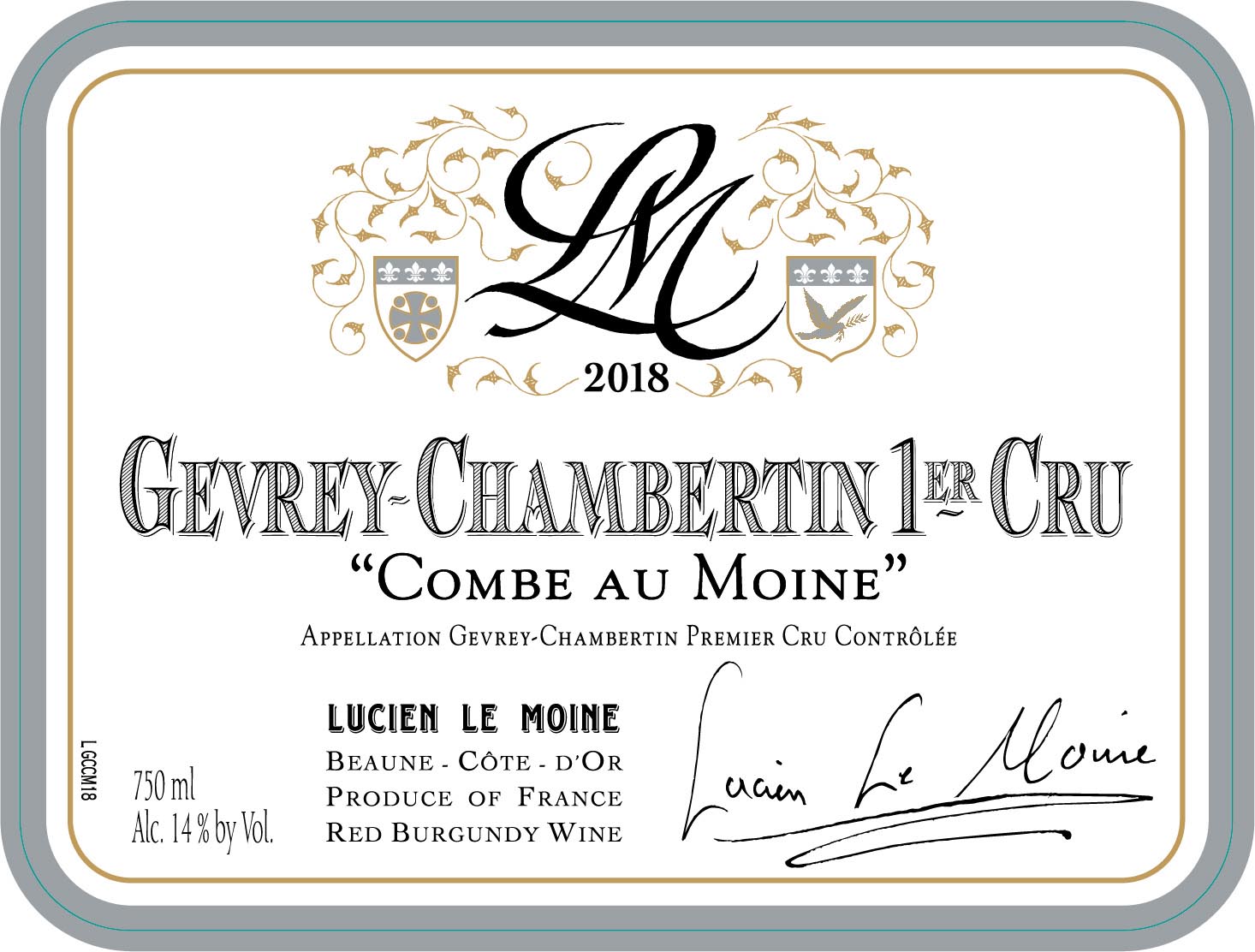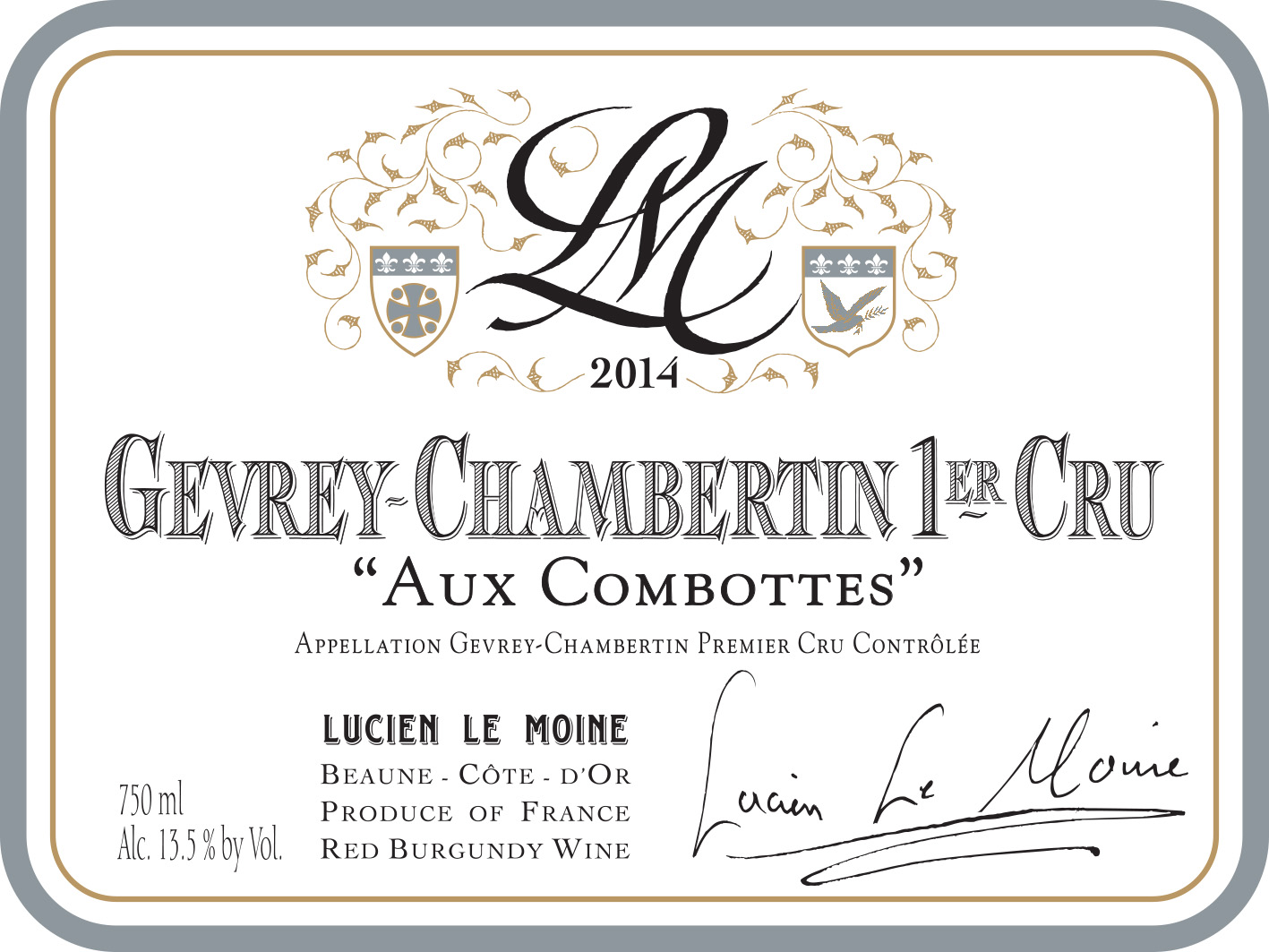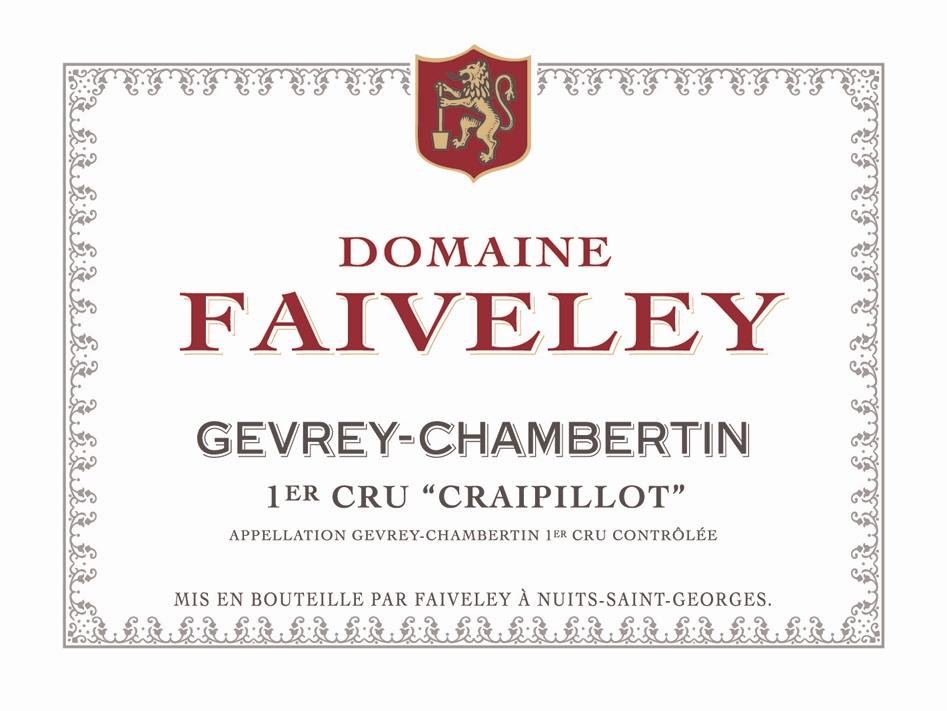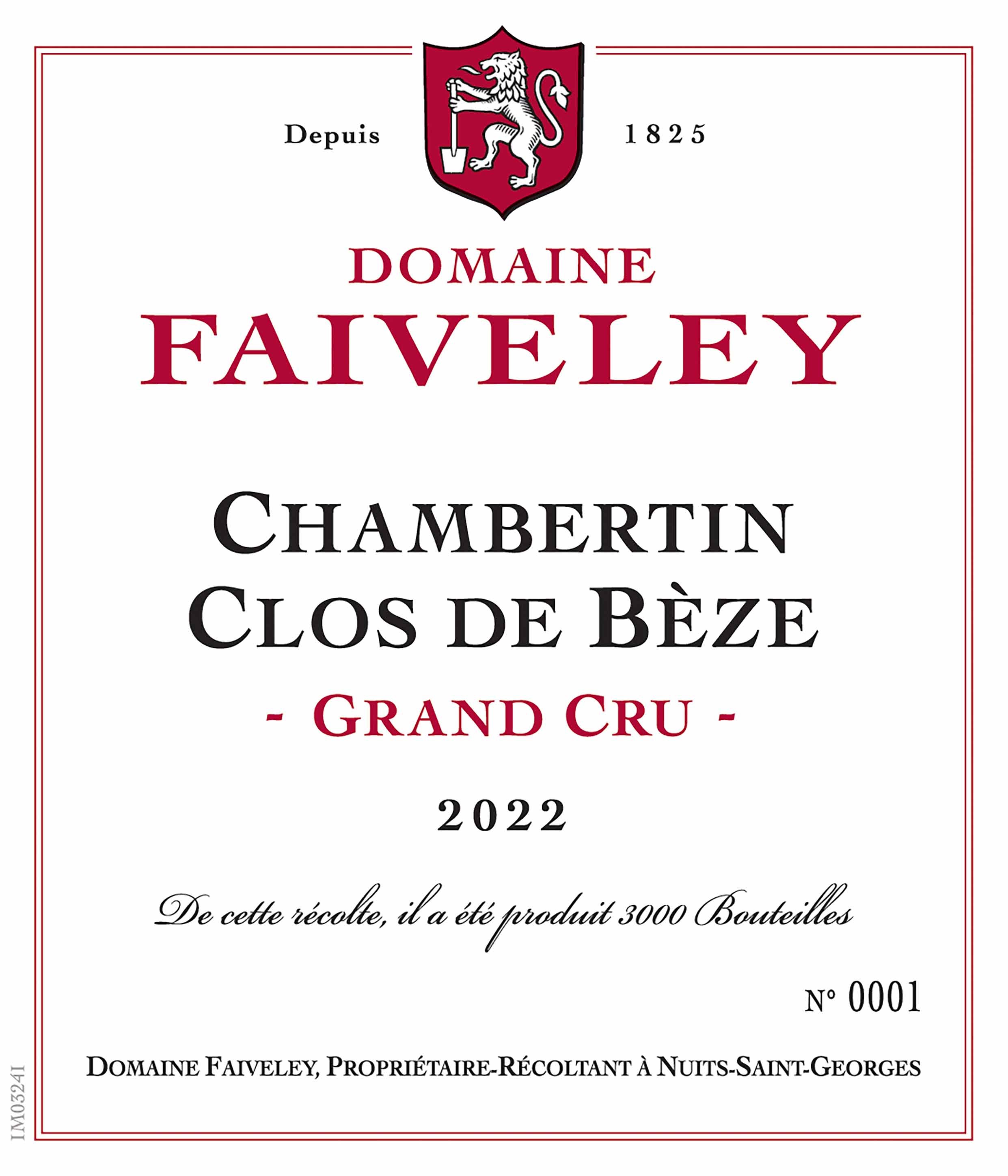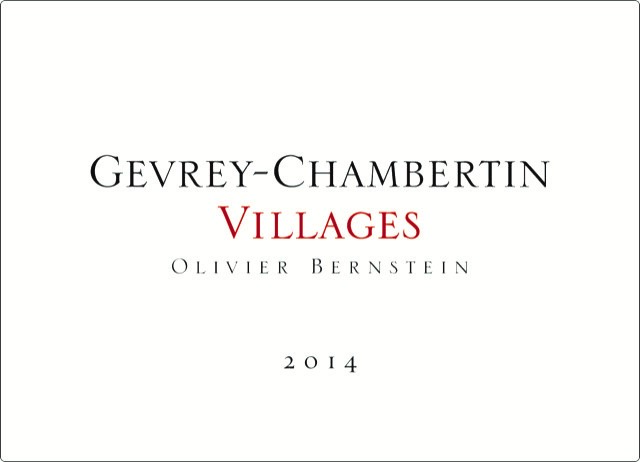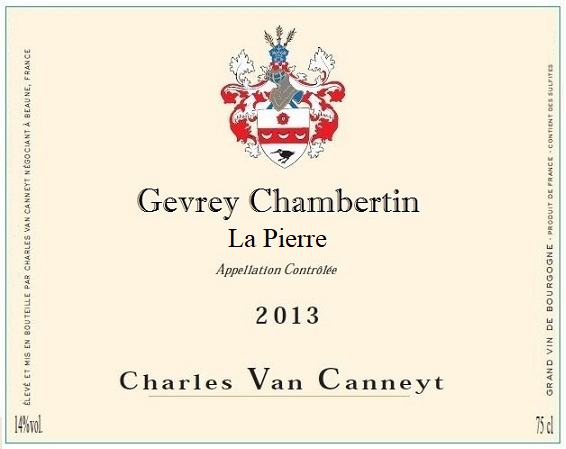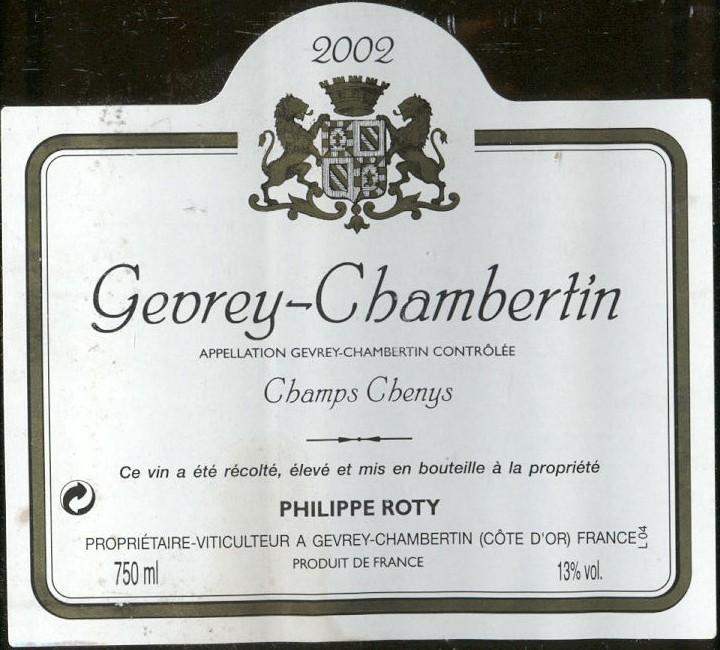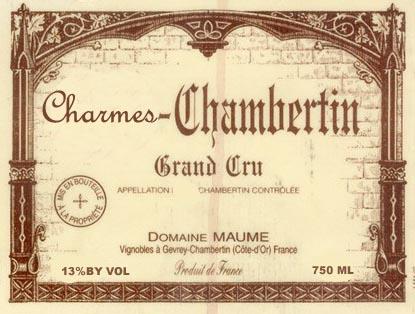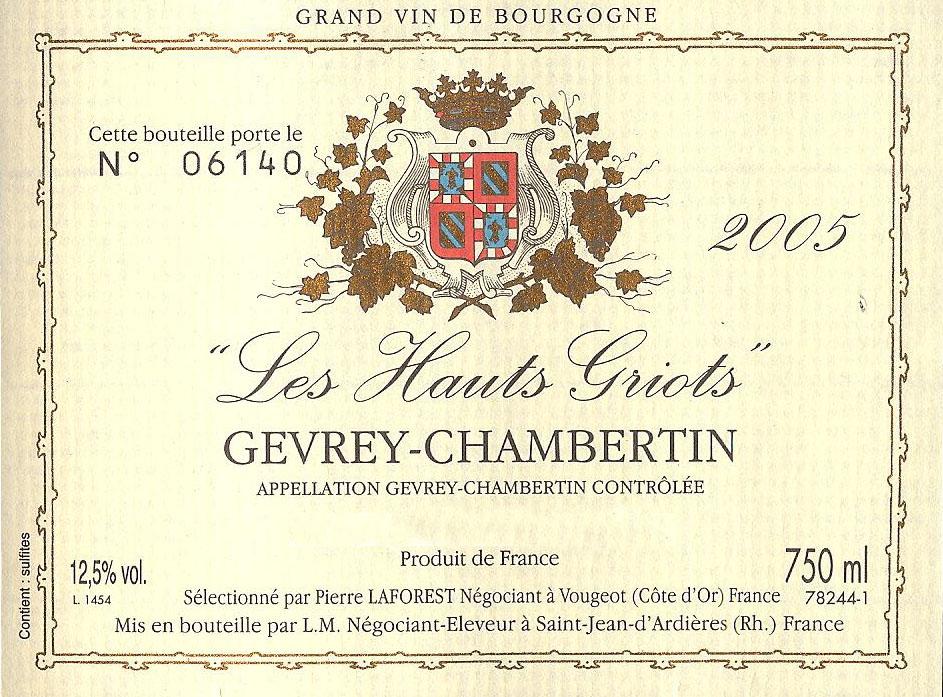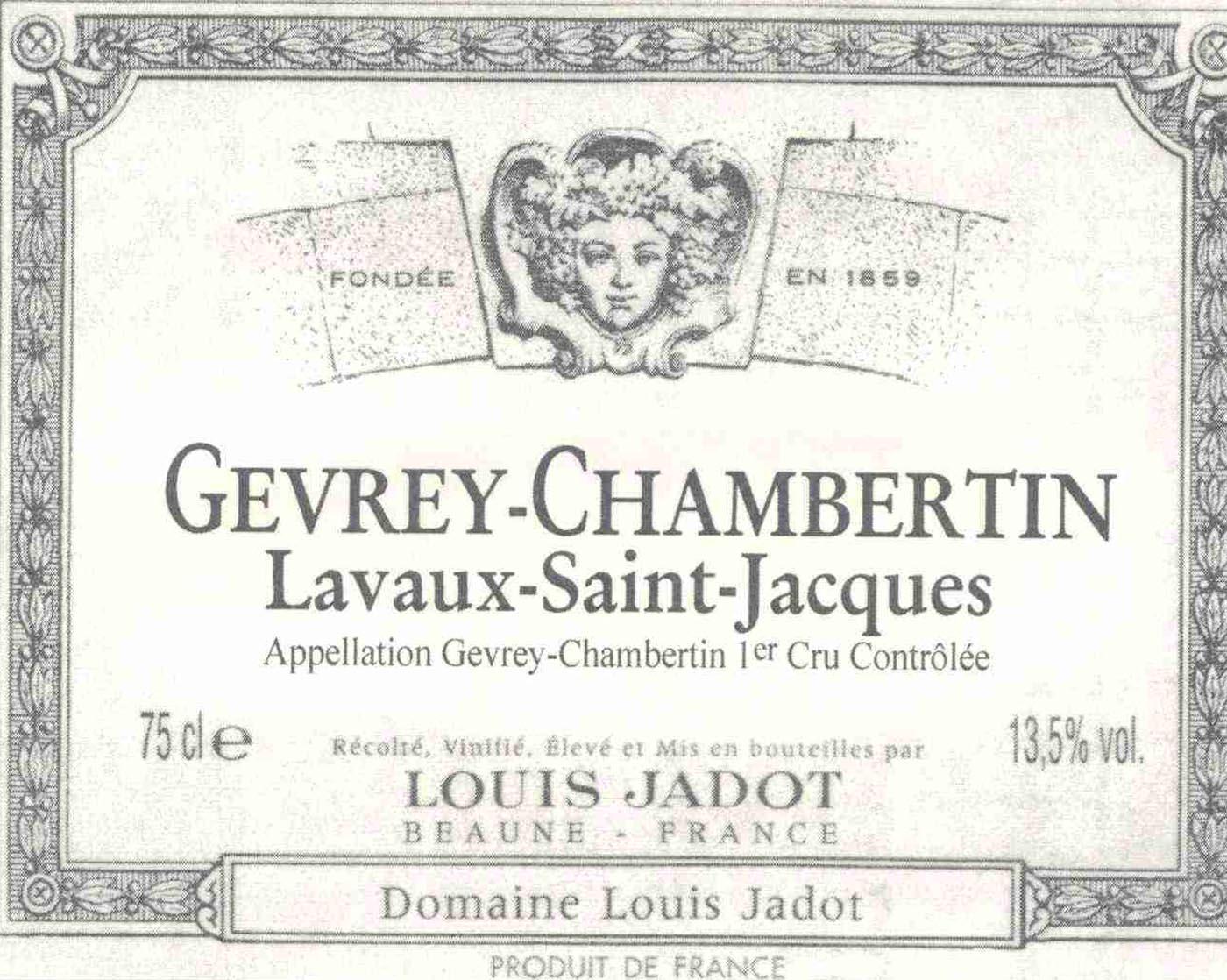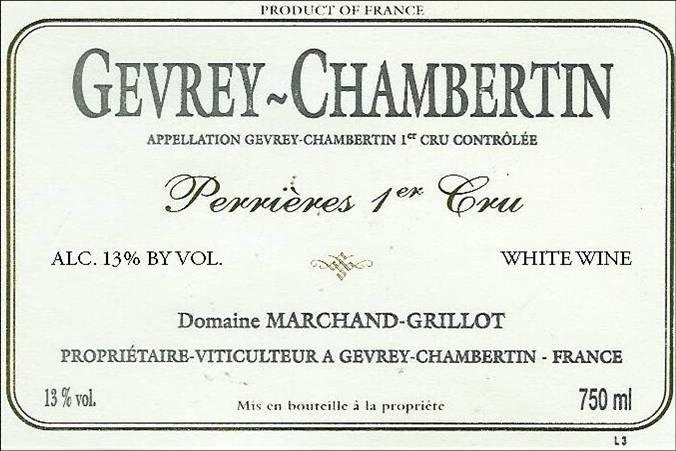Terroir of Gevrey-Chambertin
The terroir of Gevrey-Chambertin is defined by its position on the mid to upper slopes of the Côte de Nuits, where prestigious Grand Cru sites benefit from stony limestone soils. These soils, rich in chalky limestone mixed with clay and marl, vary across the slopes. Higher up, the ground is well-drained with shallow limestone scree, while lower areas have deeper, clay-rich topsoils, influencing the structure and minerality of the wines.
The region's continental climate, marked by warm summers and cold winters, presents occasional challenges like spring frost and summer hail. Yet, sunny days coupled with cool nights help develop ripe flavors balanced by fresh acidity. Growers have adapted with techniques such as canopy management and organic practices to mitigate changing weather patterns, ensuring that the Pinot Noir grapes achieve the desired concentration and complexity.
Notable Wineries in Gevrey-Chambertin
Gevrey-Chambertin, a jewel in Burgundy’s Côte de Nuits, is celebrated for its exceptional Pinot Noir wines, crafted through dedication and tradition. Here, several esteemed wineries stand out:
-
Domaine Armand Rousseau: Revered for its Grand Cru and Premier Cru wines, this estate captures the essence of Gevrey-Chambertin with its elegant and complex offerings.
-
Domaine Dugat-Py: Focused on producing powerful wines from low yields, they excel in crafting concentrated wines with minimal intervention.
-
Maison Louis Jadot: A major négociant and grower, offering a diverse range of wines that reflect both the accessible style and age-worthy potential of the region.
-
Bouchard Père & Fils: Known for classic-style wines with depth and aging potential, balancing modern cellar practices with tradition.
Sustainable Winemaking in Gevrey-Chambertin
In the heart of Burgundy, Gevrey-Chambertin is championing sustainable viticulture with a growing number of vineyards embracing organic and biodynamic practices. This dedication to eco-friendly methods includes the avoidance of synthetic chemicals, favoring compost, cover crops, and low-impact treatments to nurture soil health and vine vitality.
Producers are also focusing on biodiversity by preserving grass cover, hedgerows, and old vines, which stabilize the soil and attract beneficial insects. Energy-efficient practices in cellars, such as reduced water and energy use, recycling, and renewable energy systems, further underscore the region's commitment to sustainability. Local trade organizations support these efforts through certification programs like Haute Valeur Environnementale, ensuring that Gevrey-Chambertin wines continue to reflect their unique terroir while protecting the environment for future generations.
Wine Tourism in Gevrey-Chambertin
Gevrey-Chambertin's wine tourism revolves around its prestigious Pinot Noir and scenic vineyards. Visitors can explore the Route des Grands Crus, offering breathtaking views and self-guided walking paths.
Many estates welcome guests by appointment, showcasing village to Grand Cru wines. The village features cozy inns and local dining, where traditional Burgundian dishes like boeuf bourguignon pair perfectly with local wines.
Seasonal events celebrate the region's unique climats, while hiking and cycling trails invite exploration of the surrounding hills. This destination combines wine, history, and nature, set amidst the iconic Côte d’Or vineyards.




